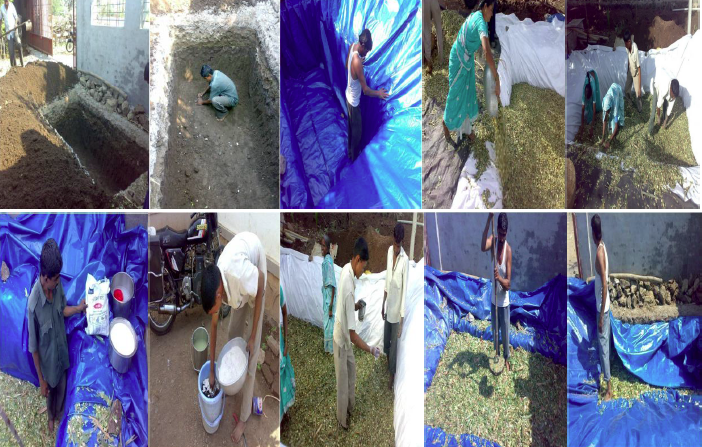The biochemical and microbiological events during the ensiling fermentation can be divided into four distinct stages:
Aerobic stage:
When air is still present between the plant particles and the pH is still high, 6.0-6.5. During this stage plant respiration continues, as well as proteolysis and the activity of aerobic microorganisms such as enterobacteria, fungi and yeasts.
Fermentation stage:
Which is carried out by a dynamic succession of LAB which changes according to the conditions prevailing in silage, starting with enterococci and leuconostoc, followed by lactobacilli and pediococci (Woolford, 1984). Lactic acid and other organic acids accumulate and the pH decreases, below 5.0, depending on plant composition and its buffering capacity.
Storage stage :
When the silage is sealed and no air penetrates few changes occur.
Unloading stage:
For feeding when the silage is re-exposed to air which re-activates aerobic microorganisms, mainly yeasts and moulds, which might spoil the silage.
|

